The Timeless Charm of Al-Karak
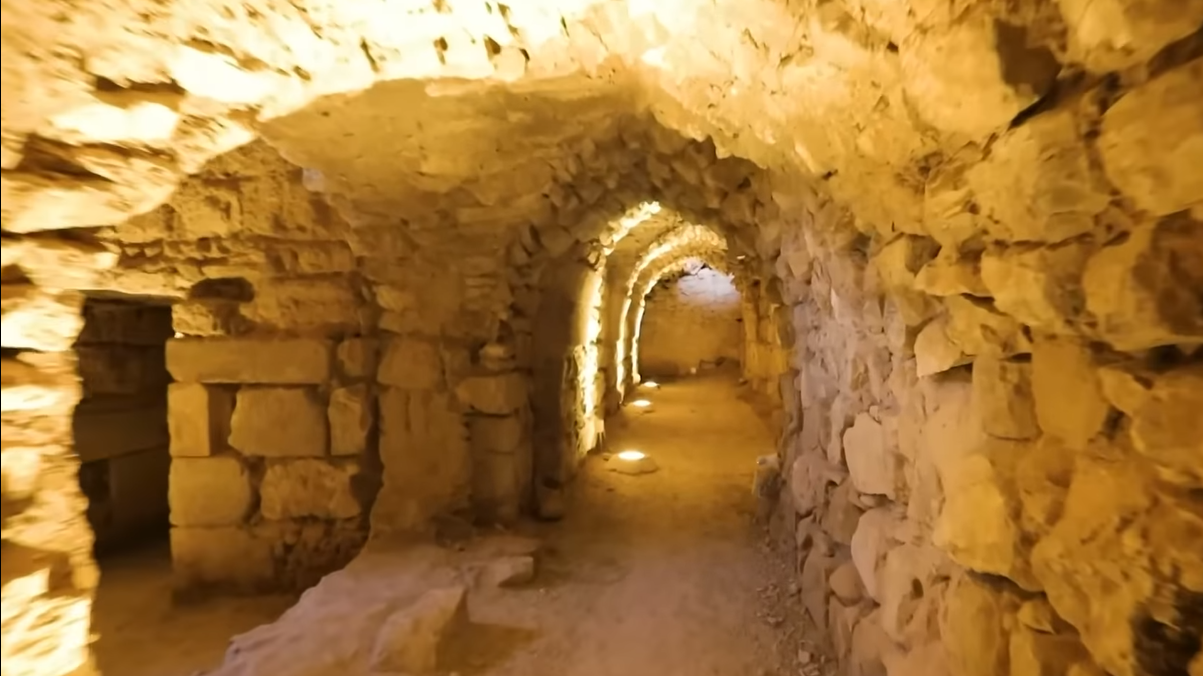
By: Yara Marei / Arab America Contributing writer
Long ago, in the heart of Jordan, a city stood tall on the hills, Al-Karak. It was a place of kings and warriors, where battles were fought and history was made. A mighty castle was at the center of it all, watching over the land for centuries. But Al-Karak is not just about history but also a place of joy and traditions. Weddings here are grand, filled with music and laughter. The people of Al-Karak, both Muslims and Christians, have lived together in peace for generations, their churches and mosques standing side by side. Let’s travel there with Yara Marei Arab America contributing writer.
An Absolute hidden Gem
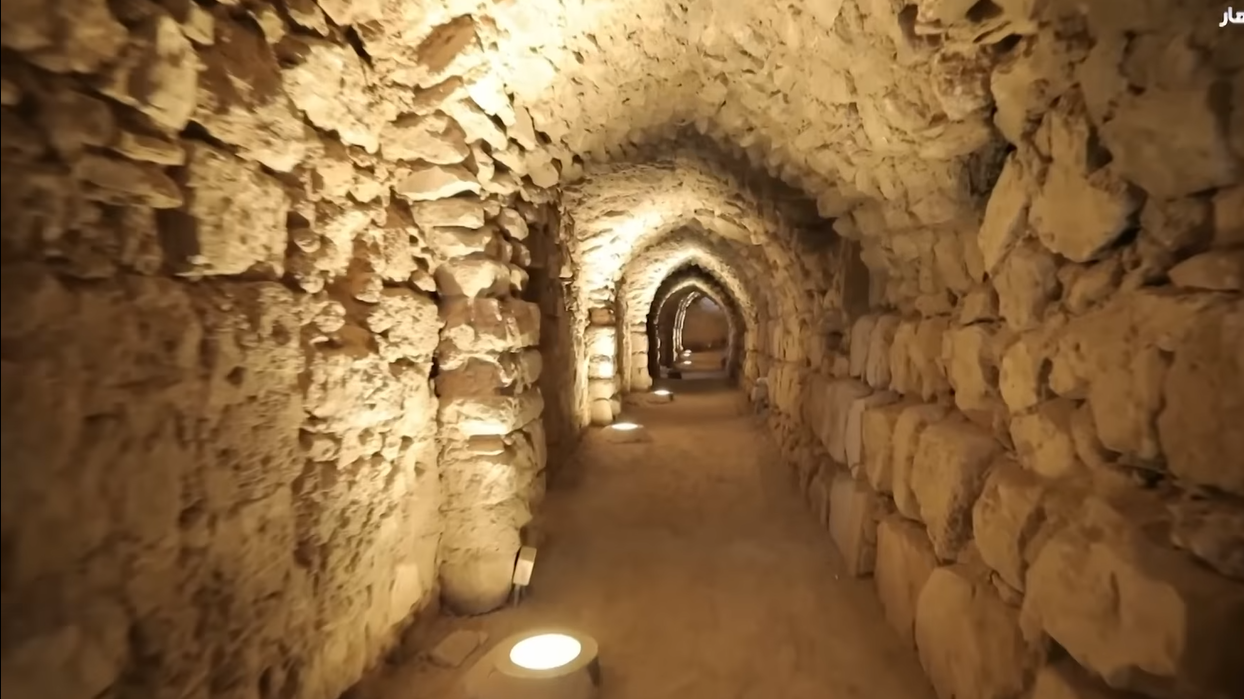
Al-Karak, a city rich in history and culture, is located in the southern part of Jordan. Known for its remarkable medieval castle, vibrant traditions, and diverse communities, Al-Karak stands as a symbol of resilience and heritage. This article explores the city’s historical landmarks, traditional wedding customs, Christian heritage, and its famous dish, Al-Mansaf.
Al-Karak Castle: A Testament to History
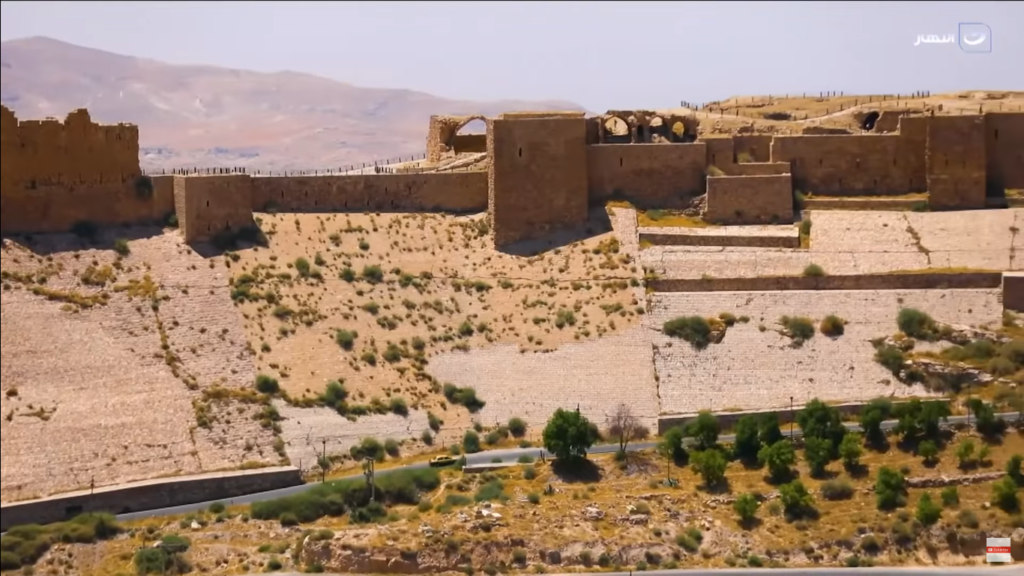
Al-Karak Castle, one of the most significant fortresses in the region, has stood for over 900 years, a fact documented by the famous traveler Ibn Battuta. Originally built by the King of Moab, this castle played a crucial role in protecting the southern Levant and securing the trade route between Damascus and Egypt. Over the centuries, it has endured numerous battles and conquests, standing as a symbol of strength and resilience. Within its massive stone walls, the castle housed a jail, a court, an execution area, and stables, all in one place. Additionally, beneath the fortress lies Al-Souq, an underground market featuring a long tunnel with various rooms, adding to the castle’s mystery and historical intrigue. Today, Al-Karak Castle remains an architectural marvel and a major tourist attraction, offering visitors a fascinating glimpse into Jordan’s medieval past.
Christian Heritage and Churches of Al-Karak
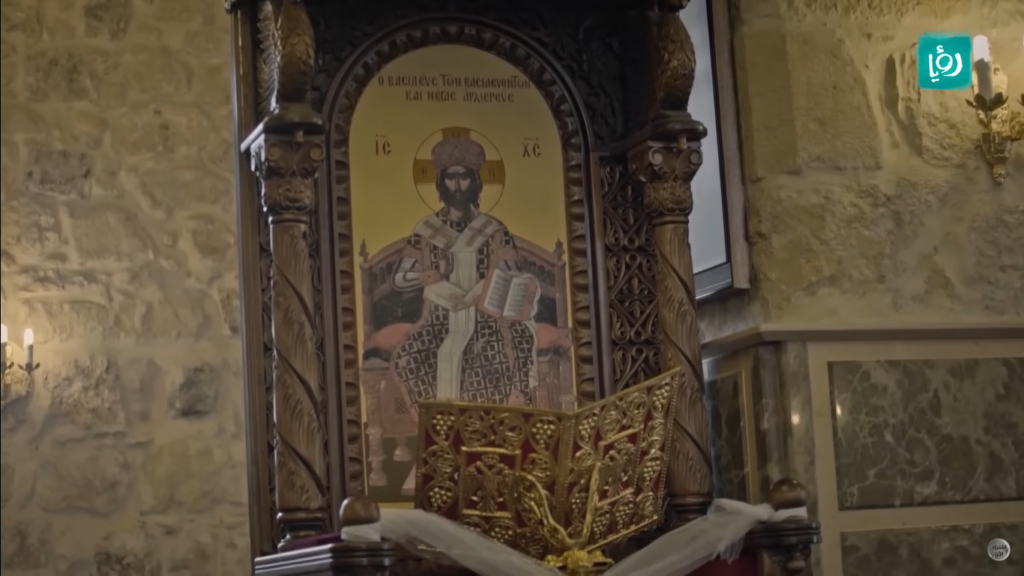
Al-Karak is home to a longstanding Christian community that has lived in harmony with its Muslim neighbors for centuries. The city features several historic churches, some adorned with original icons dating back to 1848. Many of these churches have been carefully restored to preserve their historical and spiritual significance.
Additionally, Al-Karak holds religious artifacts that have been preserved for over 300 years, including an exceptionally old Bible. The Christian community plays a vital role in the city’s social and cultural fabric, contributing to its diverse and inclusive atmosphere.
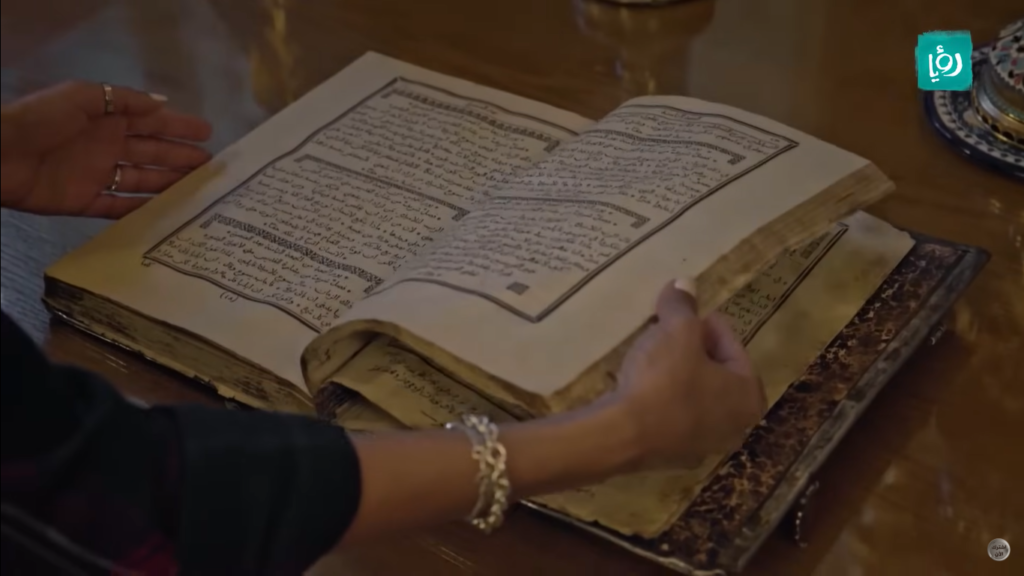
Religious sites in Al-Karak, both Islamic and Christian, stand as symbols of the city’s deep-rooted history and coexistence. Notable places of worship include the Umari Mosque, the Hamidi Mosque, the Greek Orthodox Church, the Latin Church, the Catholic Church, and the Evangelical Church. These sites reflect Al-Karak’s rich historical evolution and its tradition of religious tolerance.
Historian Dr. Yousef Al-Habashneh highlighted the city’s legacy of coexistence, noting that Al-Karak’s history has never been marked by religious conflict. He pointed out that the Christian community even donated land for the construction of the Umari Mosque, symbolizing the strong bonds between faiths.
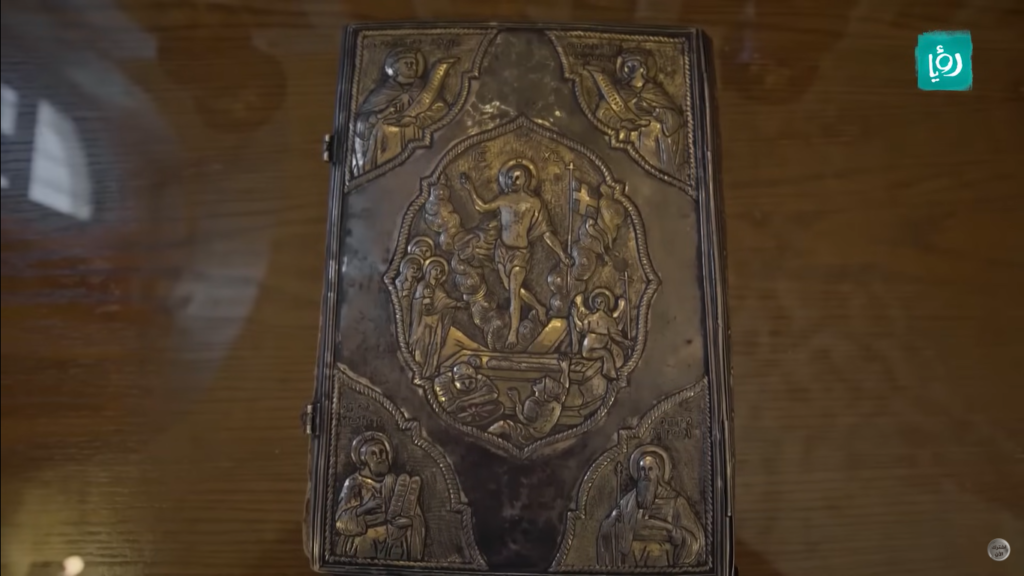
Father Dr. Haidar Halsa discussed the historical development of Christian places of worship in Al-Karak, emphasizing their strong ties to local families and tribes. The Greek Orthodox Church, the oldest in the city, has Byzantine origins and is even recorded on the famous Madaba Map. Other significant institutions include the Latin Church, which has contributed to education and healthcare through its schools, and the historic Italian Hospital. The city also hosts the Evangelical Church, the only one of its kind in the governorate, and the Catholic Church, which has fostered unity among various Christian denominations.
Cultural Director Arouba Al-Shamayleh underscored the importance of preserving and promoting Al Karak’s religious heritage, highlighting its potential to enhance religious tourism and strengthen national identity through an appreciation of the city’s historical sites.
Wedding Traditions in Al-Karak
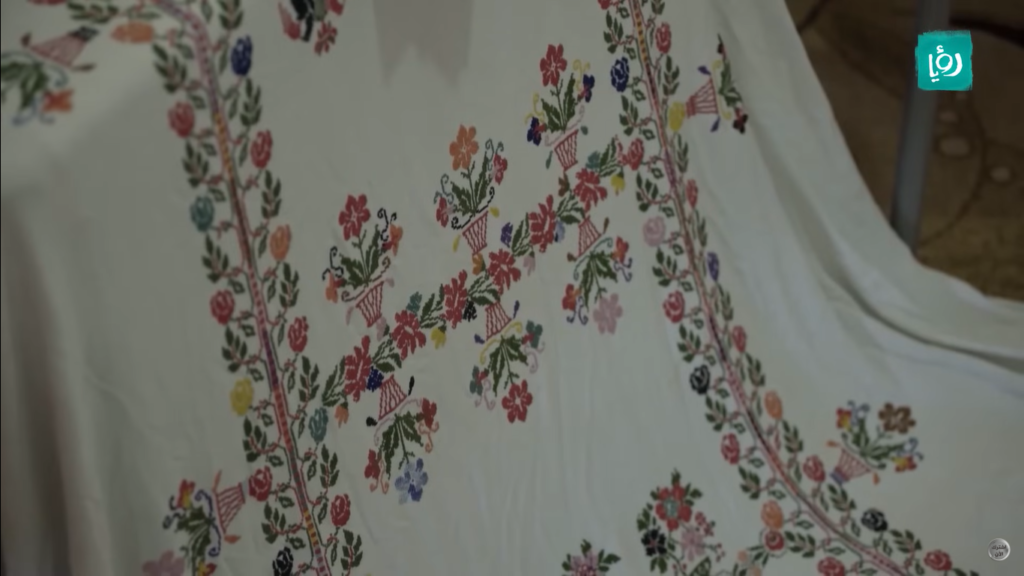
Weddings in Al-Karak are grand celebrations deeply rooted in cultural traditions. The wedding ceremony usually takes place on a Friday, but the festivities begin the Sunday before. The celebrations start with the announcement of the wedding, known as Al-Raya (The Flag), which marks the joyous occasion.
The pre-wedding events include separate gatherings for men and women. On Sunday, after the Al-Raya ceremony, the groom’s friends participate in a special tradition. One friend is chosen to take the groom’s wedding suit, which means he will host the groom’s shower party at his house. For the bride, the host of her shower party is usually the nearest neighbor. However, if she is from another Jordanian city, she must arrive in Al-Karak by Sunday. In this case, her shower party is hosted by the family welcoming her at the entrance of the city.
The Art of Embroidery in Al-Karak
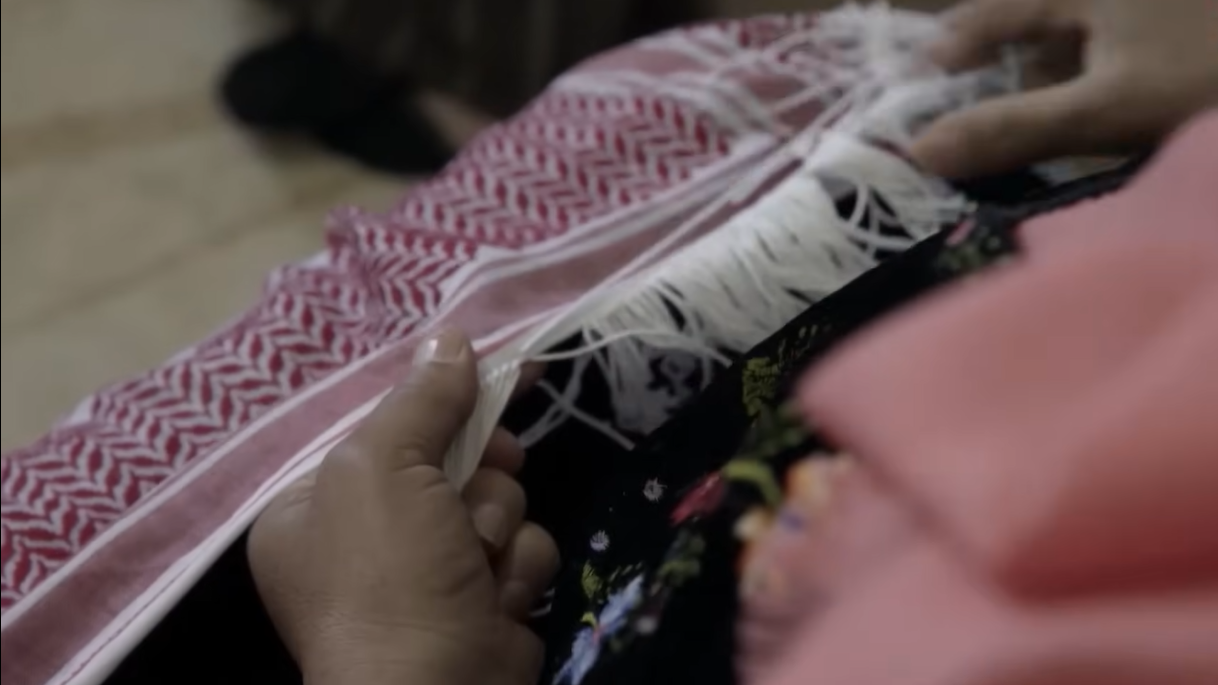
Embroidery is an essential part of Al-Karak’s cultural heritage, passed down through generations. Every girl is expected to learn this traditional craft, as it is considered a vital skill. Women create beautifully embroidered items such as the keffiyeh (shmagh), which holds deep cultural significance. The embroidery features intricate patterns, often inspired by nature and local traditions. This skill is not just about decoration—it represents identity, storytelling, and craftsmanship. By mastering embroidery, girls in Al-Karak contribute to preserving a timeless art form, ensuring that their culture remains vibrant for future generations.
Karak is The House of Jameed
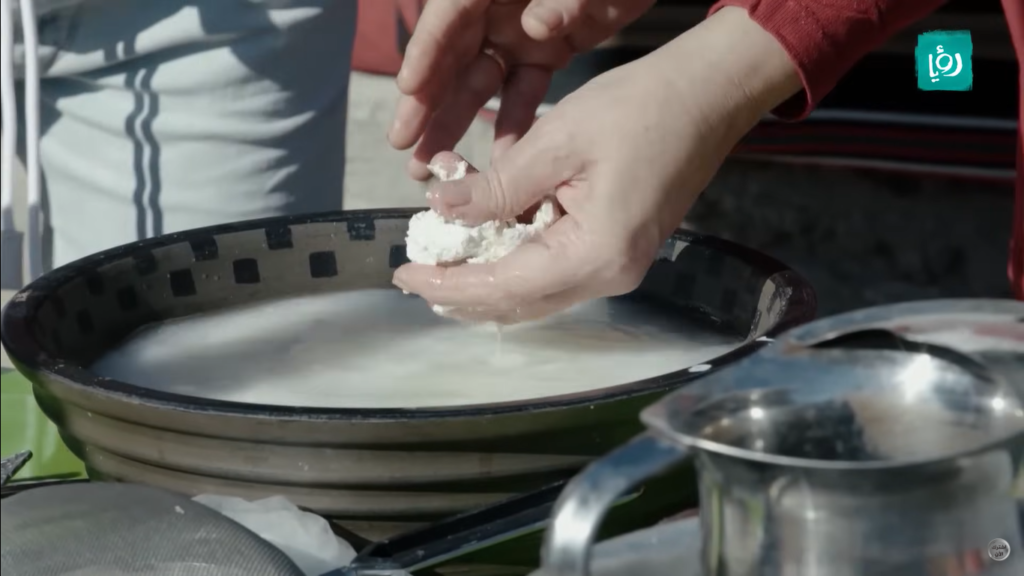
No discussion about Al-Karak would be complete without mentioning its iconic dish, Mansaf. This traditional Jordanian meal consists of lamb cooked in fermented dried yogurt (Jameed) and served over rice with shraak (thin bread). Historically, the dish was made using crushed wheat instead of rice, with the bread absorbing the rich flavors of the yogurt sauce. Al-Mansaf is not just a meal but a symbol of generosity and hospitality, often served during celebrations and special gatherings
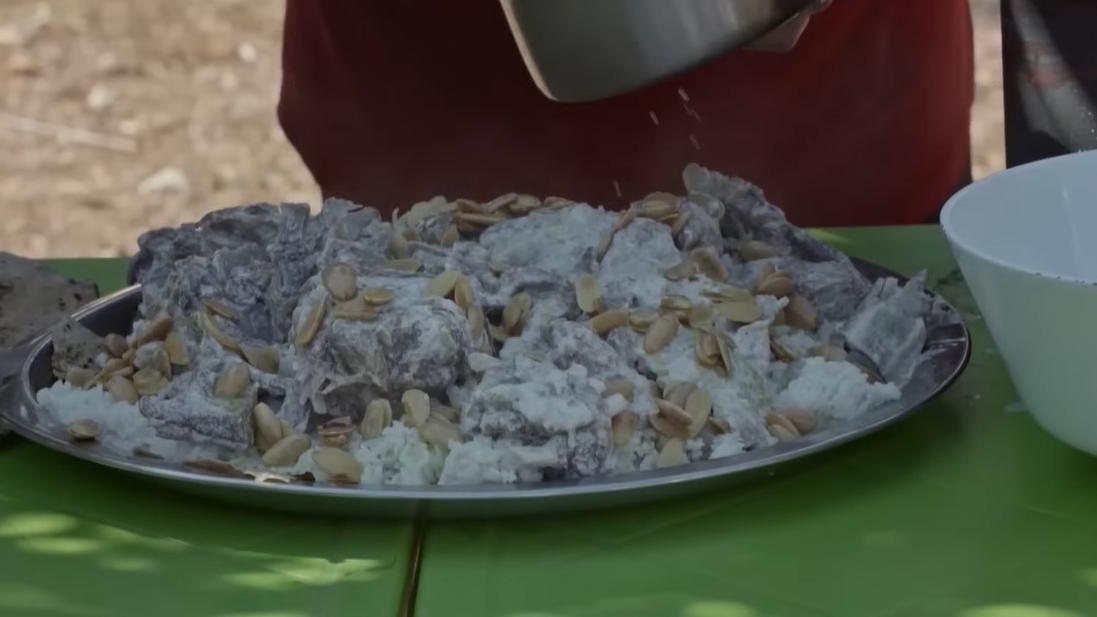
Give it a try!
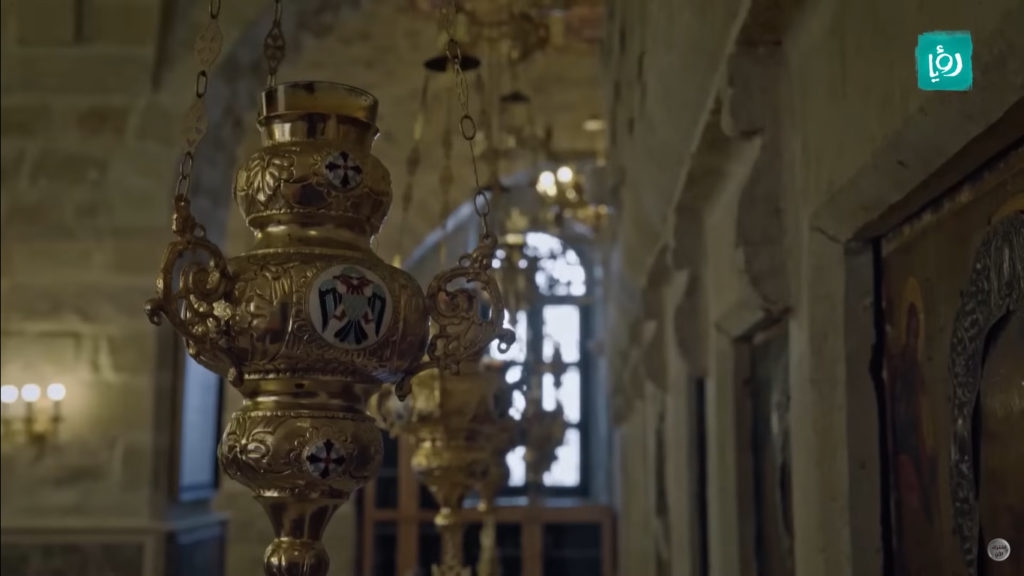
Al-Karak is more than just a historical city; it is a living testament to Jordan’s rich cultural heritage. From its towering castle and traditional wedding rituals to its religious harmony and beloved cuisine, Al-Karak continues to be a beacon of history, tradition, and unity. Visitors to the city will find themselves immersed in a unique blend of past and present, experiencing the warmth and resilience of its people.
Want more articles like this? Sign up for our e-newsletter!
Check our blog here!



